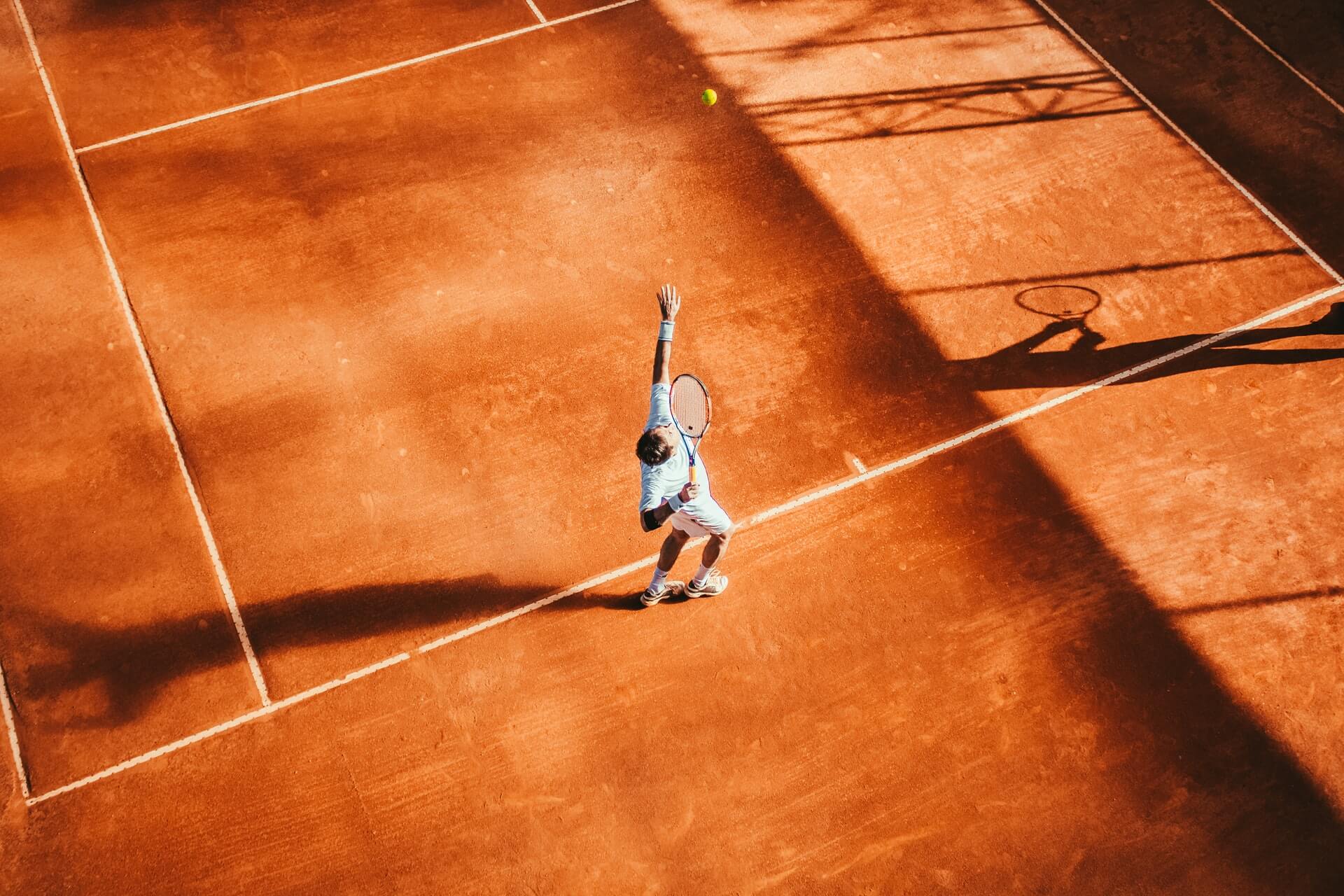The French Open is coming up and there’s a lot left to be said about it. Raging rivalries, potential heartbreak, and derisive victories will soon populate the tennis ecosystem. The main draw for the French Open begins in a week and it is the only Grand Slam tournament to be played on clay courts only adds to the fairytale of the tournament.
If you’re not someone who’s really into tennis but would like to learn, then this is the perfect article for you. In today’s article, we cover the French Open, its history, and the top contenders that you should look out for. Excited to dive deep into the world of tennis? Well, so are we. Let’s get right into it.
What is The French Open?
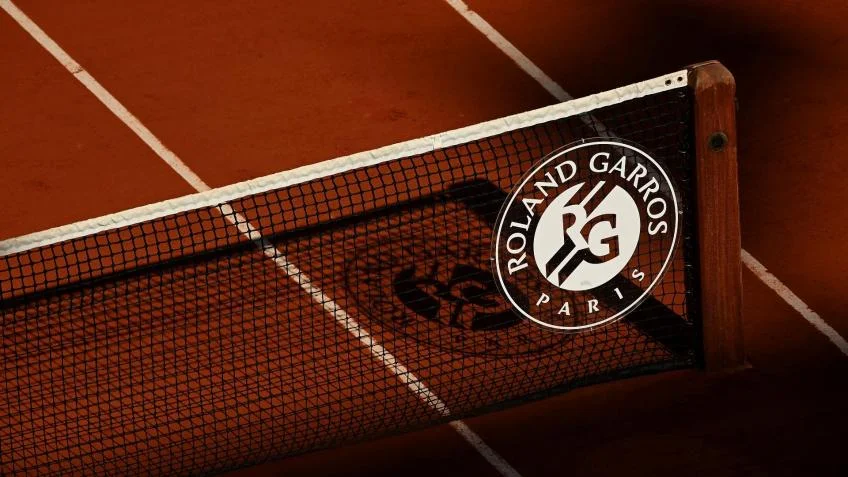
Photo from tennisworldusa.org
For those of you unfamiliar with the nuances of the tennis world, the French Open is a major tennis tournament held over two weeks at the Stade Roland Garros in Paris, France, beginning in late May of each year. The French Open is special in that it is the only premier clay court championship in the whole world, and it’s the only Grand Slam tournament currently held on this surface.
Chronologically, the French Open is the second of the four annual Grand Slam tournaments, where the other three are the Australian Open, Wimbledon, and the US Open. What are these grand slam tournaments, you may ask? The Grand Slam tournaments are basically the majors in the tennis world, these are the world’s four most important annual professional tennis tournaments. The appeal of the tournament is quite obvious, they provide ranking points, prize money, and public and media attention. They’re the greatest test of strength and prowess for tennis professionals all over the world, and perhaps the most strongly regulated as these are overseen by the International Tennis Federation rather than the separate organizing bodies for men’s and women’s tournaments in the Association of Tennis Professionals and Women’s Tennis Professionals.
Is that enough information on the Grand Slam for you? Well, you’d think but here’s one thing that you should know. The Grand Slam in tennis is when you have the achievement of winning all four majors. There are even separate sub names for different variations of achieving a grand slam. For example, winning a grand slam within the same calendar year (an almost impossible task to ask of anyone, referred to as a “calendar-year grand slam”. Winning all four major championships consecutively but not within the same year is a non-calendar-year grand slam while winning the four majors at any point during the career is known as a Career Grand Slam.
Going back to the French Open, let’s talk a little bit more about the history and what we should come to expect from it.
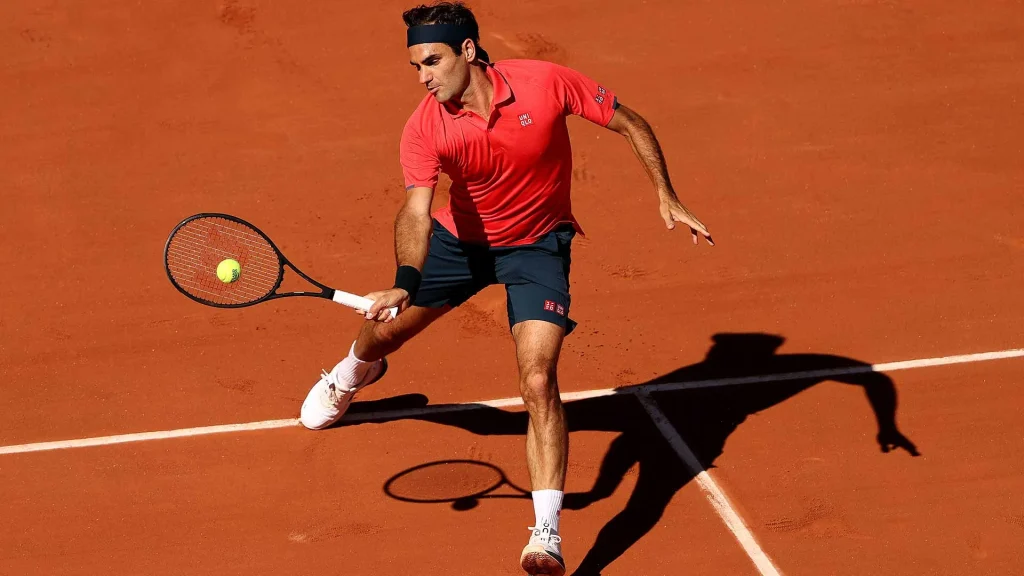
Photo from atptour.com
History of The French Open
The tournament is officially named in French the Les Internationaux de France de Tennis where the tournament itself uses the name Roland-Garros in most languages, it’s almost always called the French Open in English.
Though, this wasn’t always the name they used from the start. When the tournament first started in 1891, the Championnat de France was the first official title of the tournament, commonly referred to in English as the French Championships. Obviously, the English name is a direct and literal translation of its French counterpart.
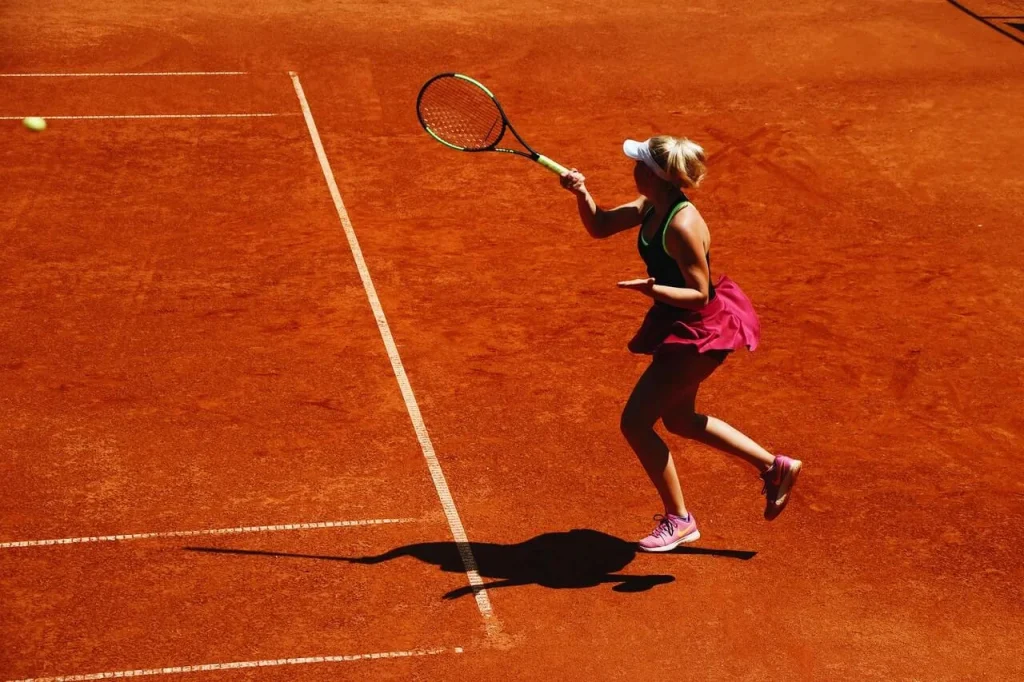
Whereas the first 3 decades of the tournament were mostly officially open to the French clubs, this all changed in 1925 when the French Championships became open to all amateurs internationally and was designated a major championship by the International Lawn Tennis Federation. This is a major upgrade for the French Championships as it was once just a small-time French tournament for recreational players and is now suddenly a world-renowned championship that tennis fans from all over the world look forward to. This clay court tournament was one of the first precursors of the modern French Open as it admitted international competitors.
Something particular to note about the whole sequence of events is the number of plans that were developed to build a covered stadium with a roof due to the increasing complaints from delayed matches caused by inclement weather. Various proposals were taken into account but it wasn’t until 2011 that the decision was taken to maintain the tournament within its existing venue except for the fact that the new project called for a new stadium to be built alongside the historical greenhouses and expansion of old stadiums into the tournament village.
Rules and regulations throughout the years have changed but if there’s one thing that has remained the same, it’s the composition of the courts. Let’s talk about that
Composition of the Courts
If you’ve ever made it to the top range of any sport, then you’ll know just how impactful minute differences in a tennis court can make on your performance. The same holds true for tennis, perhaps even more so, the material composition of the surface of these courts can highly impact the playable environment. They can affect the height of the bounce, speed of the ball, and the upkeep needed to maintain court conditions. There are even studies that show that the probability of a player suffering an injury increases if they play on certain courts, with the granular surfaces acting as shock-absorbing cushions that may or may not damage ligaments within a player’s knees.
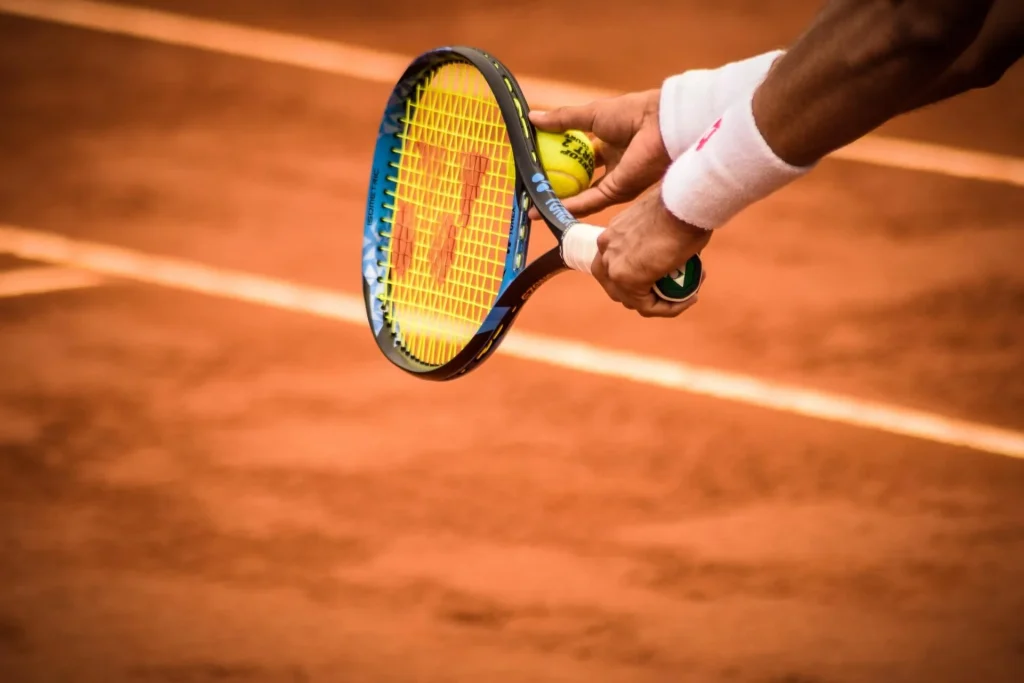
Clay courts are the defining characteristic of the French Open. What makes it unique is that clay courts slow down the tennis balls and produce a high bounce when compared with grass courts or hard courts. For this reason, clay courts will definitely take away some of the advantages of those big servers and what tennis pros call the serve-and-volleyers, which makes it hard for those types of players to dominate on the surface. That’s exactly why a lot of professional players dislike the clay courts as it slows down the speed of the ball and therefore creates higher bounce. In fact, it is the slowest court in the tennis world. Baseline players and the types of tennis players that use drop shots a lot, those who put more spin on the ball, absolutely love the clay court.
On the other hand, we have the grass-court which is at the other end of the spectrum and is the fastest out of all the possible courts. The slipperiness of the grass inadvertently allows the ball to pick up greater speed, benefitting players that rely on raw power to beat opponents. At the same time, the softness of the grass also means lower bounce, a stark contrast to what is provided in clay courts. So, who benefits from a court like this? It’s going to be those that like to play close to the net and like taking advantage of the speed that grass provides.
Top Contenders For The French Open
As explained multiple times, the French Open has different sections for men and women. Let’s talk about some of the favorites and notable players for both categories.
Men’s
Novak Djokovic
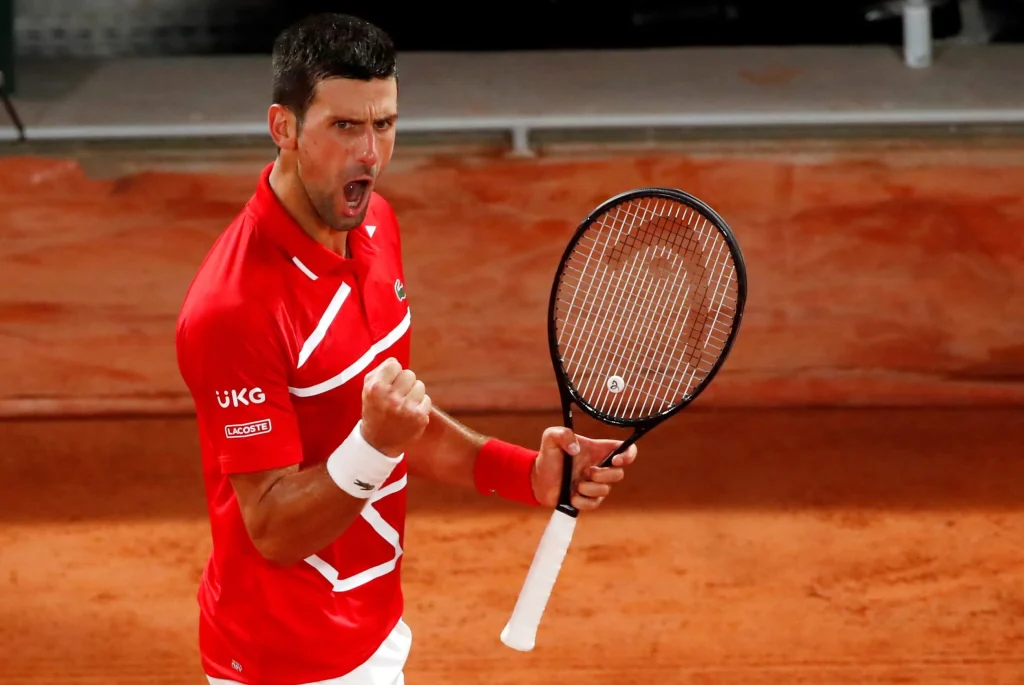
Photo from reuters.com
Who doesn’t know Novak Djokovic? The top-ranked player in the world is one of the favorites to win his third title in the French Open and tie Nadal for his 21st career Grand Slam major.
Of course, this doesn’t come without its woes as many people were worried about his vaccination status. Being the world-class player that he is, he quickly wiped out any doubt in other people’s minds as he gradually warmed up into the season and improved with every tournament that he’s played.
Earlier this year, for example, Djokovic achieved a semi-final appearance in Madrid, only losing out to Carlos Alcaraz, an on-fire teen and someone we’ll be discussing in the later situations. His recent show outs just show the absolute mastery of tennis and the skills required to attain top levels.
Carlos Alcaraz
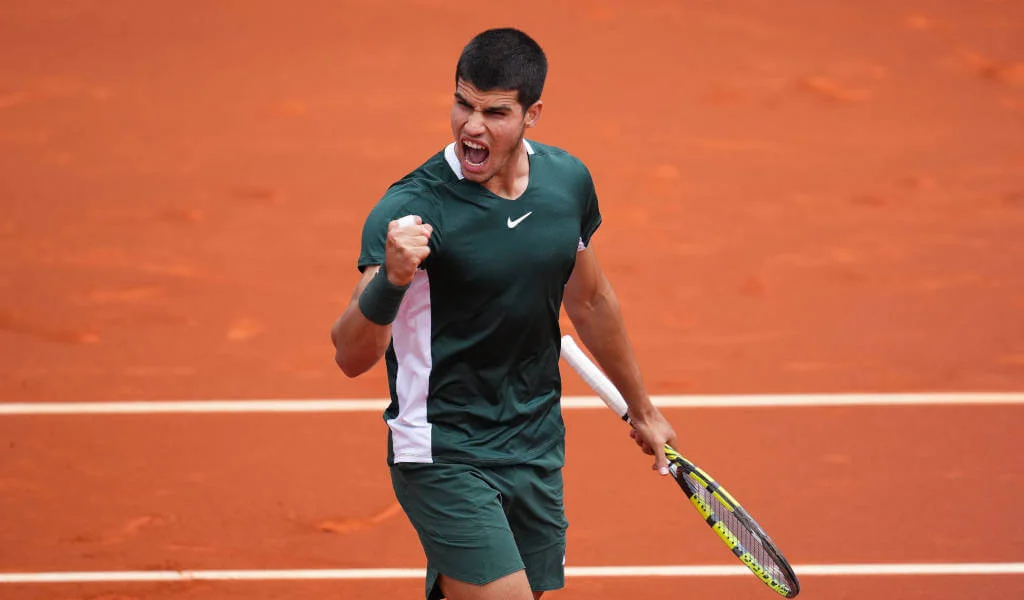
Photo from tennis365.com
Alcaraz, at only 19, goes into the French Open as the second favorite to win the title. The teen sensation only made his professional debut last year but has quickly shown an uncanny ability for the sport – reaching the quarter-finals of the US Open 2021.
Particularly on clay, Carlos Alcaraz is an absolute monster, only stopped by the likes of all-time great Rafael Nadal or Djokovic. Analysts all agree that Alcaraz is the future of the sport, but questions about his ability to play are exposed due to his lack of experience and growing body.
Rafael Nadal
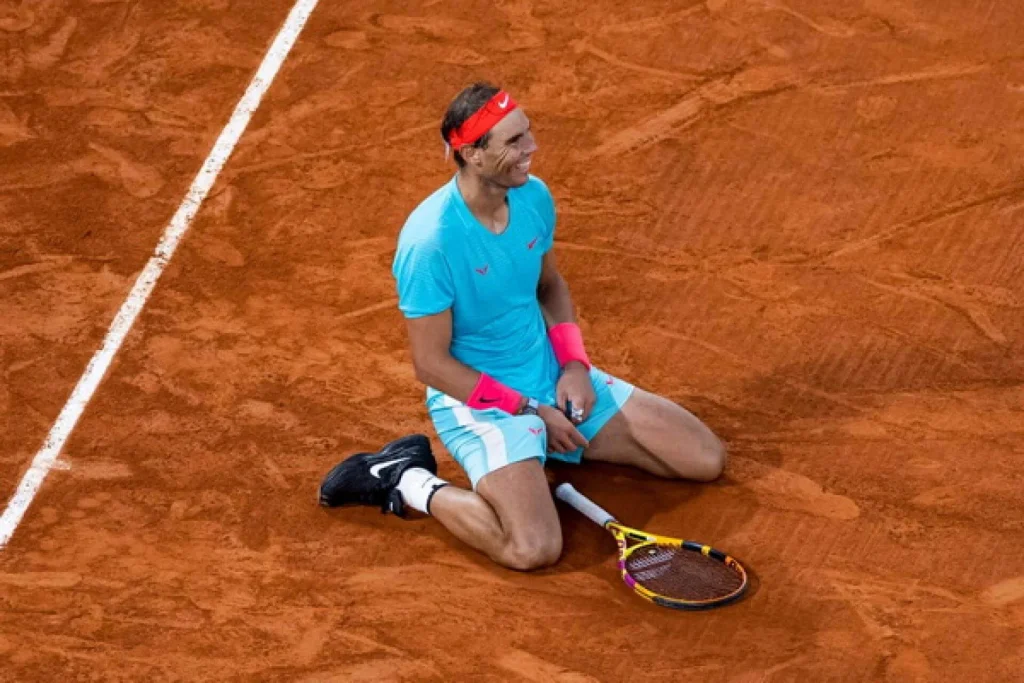
Photo from tennisworldusa.org
In the same tune, Rafael Nadal has always been the absolute king of Roland-Garros, as he looks to win his 14th French Open and also his 22nd Grand Slam title.
Amidst worry surrounding injuries, Nadal looks to be one of the favorites still to win again in Paris. Does that really matter? Well, there’s an argument for that as we’ve seen him come out triumphant at the Mexican Open. Since then, however, there seems to be an unnamed thorn in Nadal’s side as he looks unable to make it past the quarters and semis to make a finals appearance in any of the following tournaments.
The question in everybody’s mind remains the same: can Nadal get his body right?
Women’s
Iga Swiatek

Photo from cnn.com
If you were a betting person, you might want to place your money on Iga Swiatek to win it all in this year’s French Open. In 2022, Swiatek has only lost one match, winning five of the six tournaments that the Women’s No. 1 has played in, including four WTA 1000 titles.
2022 has been Swiatek’s year, showing dominance and clinching titles alongside 28 straight wins at the Qatar 1000, Indian Wells 1000, Miami 1000, Stuttgart 500, and Rome 1000.
If you’re looking to bet on who’s winning this year’s French open, put your money on Swiatek.
Simona Halep
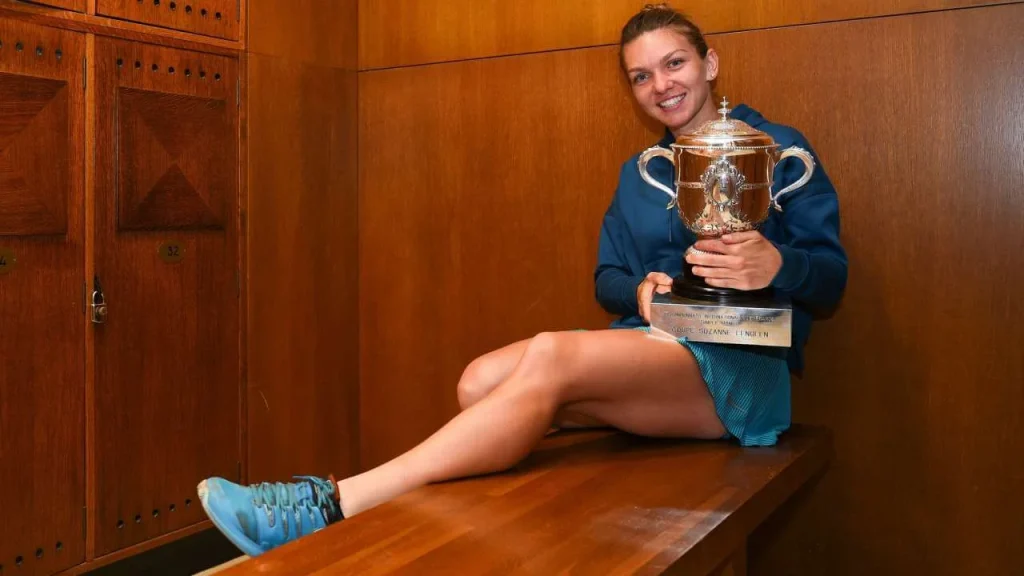
Photo from dnaindia.com
Currently ranked 19th, we’re going deep into the books here to find out who has the biggest chance of beating the boss monster Iga Swiatek. The answer? Simona Halep was the 2018 French Open Champion with two French Open final appearances under her belt.
We talked previously about the rigors of playing on a clay court and how even some of the greatest tennis players in the world struggle on it given that it’s arguable the most physically strenuous material and requires the most adjustment to the game plan.
Halep, with her experience, probably has the best chance of beating Swiatek, then, if we forget to take into account some of the more disappointing appearances she’s had.
Ons Jabeur
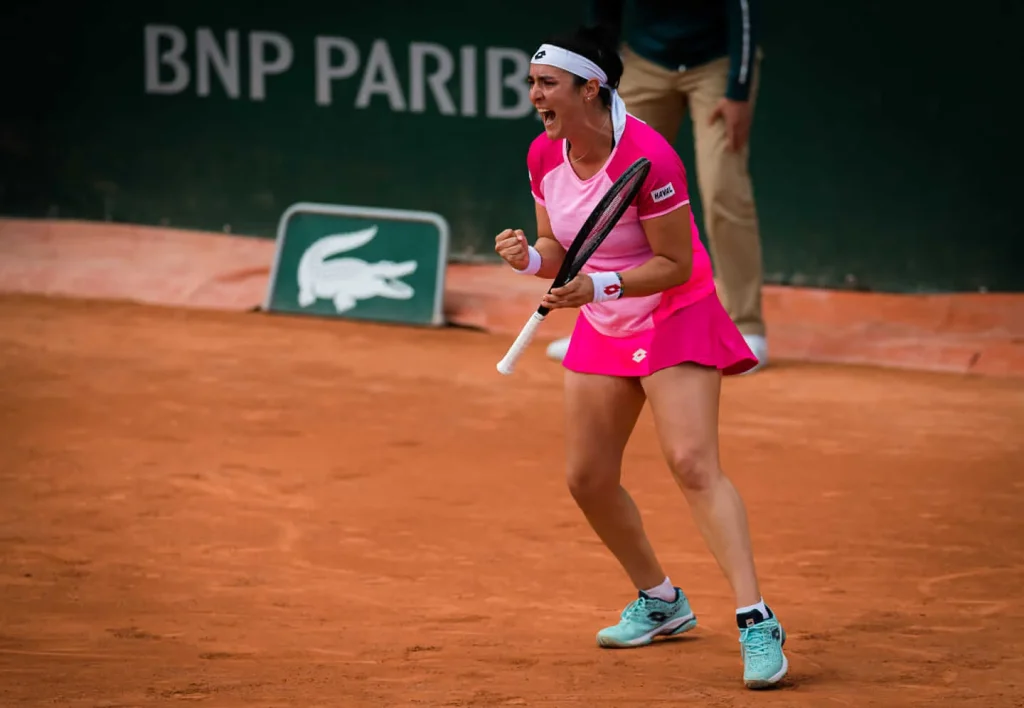
Photo from topfivemanagement.net
Finally, we have Ons Jabeur, who has been the WTA’s second-best player behind (far behind) Swiatek on the year. Despite her ranking dropping to the 6th, Jabeur won the recent Madrid Open on Clay, no less, and appears to be in tip-top shape to take on Swiatek, even though she recently lost to her at the Italian Open 6-2 6-2 and appeared absolutely destroyed by Swiatek during the tournament.
Watching The French Open
Experienced tennis fans may know exactly where to watch the French Open but for the new fans out there, make sure to check out online options such as Peacock, Sling, and DirecTV which all offer coverage of the event at reasonable prices.
There are also many websites available for you to check out the live stream schedule and make sure that you’re able to catch your favorite players on the day.
To that tune, where can you watch the French Open? Here’s a secret: you might enjoy it best in a new Crown Asia home. If you’re someone looking to buy a new home, make sure to check out Crown Asia and our plethora of offerings for homes and lots for sale. It’s an enjoyable time here at Crown Asia as we set up our communities and homes with the best security system and community management strategies in the country.
Relax with your family and friends as you watch the French Open in your dream home and make sure to catch the action this year because the French Open, given the clay court, always gets interesting.
Read more: Leylah Fernandez: The Rising Filipina Tennis Superstar


